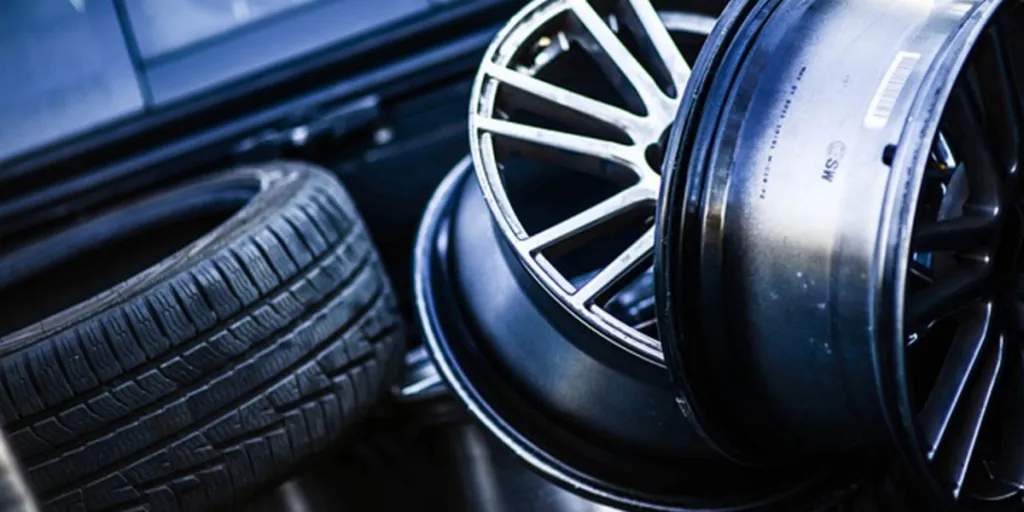Rims are an important part of a car’s aesthetics, performance and general tire fitness. They can improve a vehicle’s overall look and enhance performance and functionality. Rims come in a variety of sizes, materials and styles, presenting a range of choices for car owners.
Venturing into the rim business requires a proper understanding of these different aspects to ensure you provide the best for your customers. This article covers everything you need to know about rims to select the best options on the market for 2024!
Table of Contents
Importance of rims
Understanding rims
Considerations for selecting rims
Conclusion
Importance of rims
Rims are important for functionality and aesthetics. They play a crucial role in:
Vehicle performance
Most of a vehicle’s performance is attributed to the engine and other parts. Rims, however, can improve a car’s overall performance as they are in direct contact with the road. Using the right size and weight enhances acceleration, braking and cornering. For example, large rims provide stability, which improves a vehicle’s maneuverability.
Tire fitness
Rims are important for holding tires in place. With tubeless tires becoming more common, rims hold the tires in place for a tight fit to prevent air leakage. To achieve a tight seal, one should select the right size of rim and tire. Rims also provide a solid base for mounting the tires.
Aesthetics
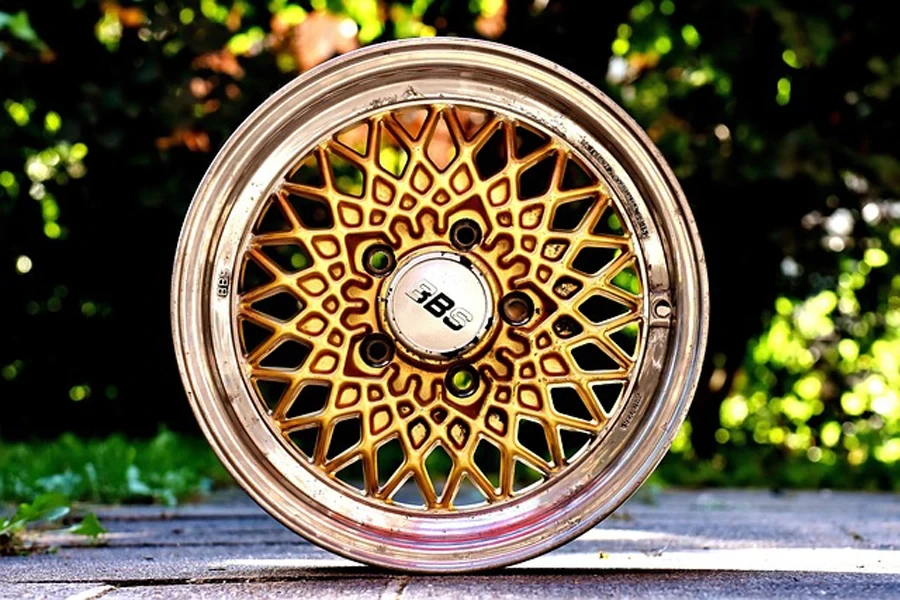
Rims improve the overall look of a car. Aesthetics is one of the components that consumers look for when selecting rims. Customized and stylish designs improve the visual appeal while giving the vehicle a personalized look.
Rim culture
Rim culture is a dynamic and vibrant aspect of the vehicle industry. As a result, it’s a major influencer on emerging trends and community building, as consumers use rims to express themselves.
People use rims to make their cars look unique and stylish. Color matching and personalized rims are some of the most popular customizations.
Other aspects of rim culture include the emergence of communities and clubs associated with different rim types and styles. Some communities organize shows, competitions or meetups to showcase their rims.
Understanding rims
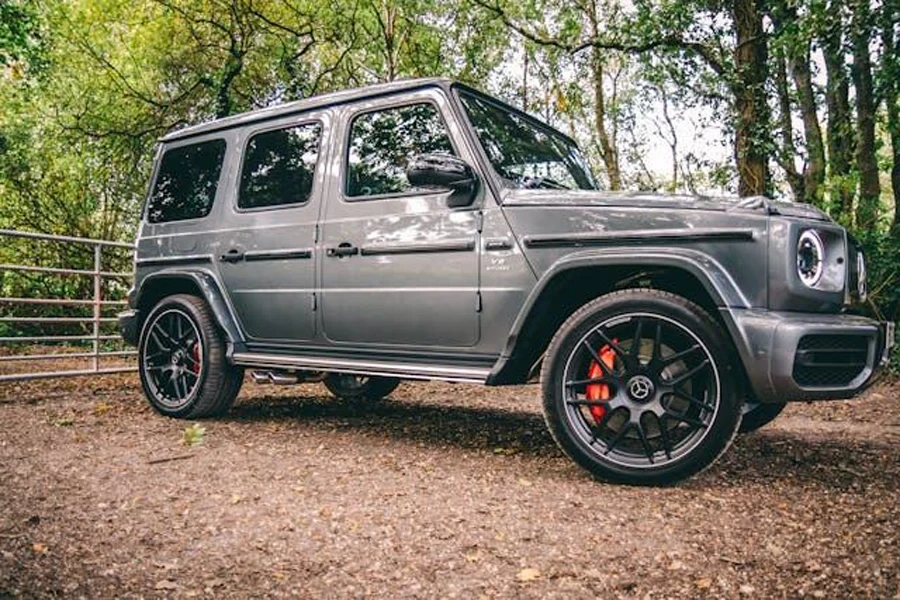
A rim is the outer edge of a wheel. It is the metal on which the tire is mounted to hold it in place. While some people refer to the wheel as the rim, the two are different.
The rim is just a single part of the wheel, while the wheel is made of the rim, spokes and hub.
Types of rims
There are different types of rims based on the materials used to make them. They include:
- Steel rims: steel rims are the most common, and consumers prefer them for daily use. They are cost-effective and durable; hence, they are best for harsher environments like winter.
- Alloy rims: alloy rims are made from a mixture of metals. The primary metal is usually aluminum mixed with other metals. These rims are expensive due to their production process. But they’re durable and can be customized to produce personalized styles.
- Chrome rims: chrome rims are made of a chrome paint coating or plating, making them shiny and stylish. Due to their glitter nature, they’re perfect for aesthetics more than functionality. They’re more expensive and susceptible to scratches, thus not good for daily use.
- Spinners: These rims have a dramatic effect and continue to spin even when the vehicle is on standby. Most people use them for their aesthetic appeal to give their wheels a visually striking look.
Rim sizing and fitment
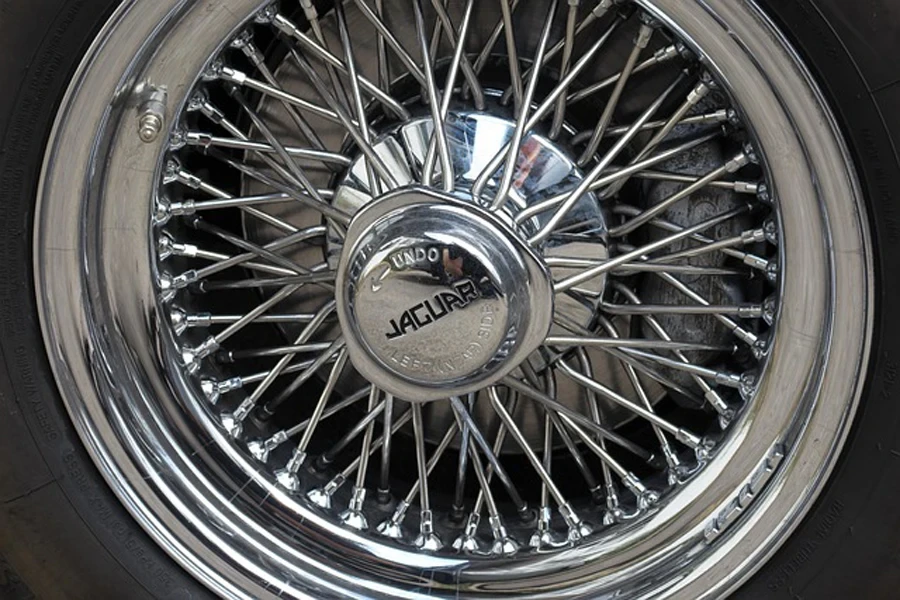
Getting the right rim size is vital in maintaining a car’s wheels. The rim and the tire should be a perfect match to ensure they function well. Here are various aspects to keep in mind when helping your customers select the ideal rim sizes.
- Diameter: the rim diameter is the distance across the center of the rim. It’s measured in inches and depends on the wheel size.
- Width: the width is the distance from one bed sitting on the rim to the next. It should also be measured in inches. The rim diameter should be compatible with the tire to ensure a tight seal.
- Offset: offset is the distance between the wheel’s mounting surface and the rim’s centerline. It’s measured in millimeters. Depending on the direction of the centerline, you can have a positive, negative or zero offset.
- Backspacing: backspacing is the space between the mounting surface and the back edge of the rim. The space ensures the rim and tire fit properly.
- Load Rating: This is the amount of load the rim can handle, measured in pounds or kilos. It ensures the rims can support the weight of the vehicle and its load.
- Bead seating: it’s the area on the rim where the tire bead sits, forming a secure and tight fit. Proper bead seating reduces leakage and pressure issues.
- Center bore: the hole in the center of the rim that fits over the vehicle’s hub.
Rim safety
Just like any other vehicle part, rims can develop issues that compromise safety. It’s crucial to keep these safety measures in mind to ensure a secure and responsible handling of rims.
- Understanding safety standards and regulations for rims: rim safety standards vary from region to region. Therefore, ensure you understand the safety regulations in your region. Most regulations talk about rim installation, tire mounting and employee training.
- Importance of proper rim installation and torque specifications: If you intend to install rims for your consumers, ensure you follow the proper rim installation procedure for your safety and that of your customers.
- Tire pressure monitoring systems (TPMS) and their integration with rims: ensure proper integration of TPMS to make it easy for your customers to monitor tire pressure. The TPMS stem valve should be compatible with rims.
Considerations for selecting rims
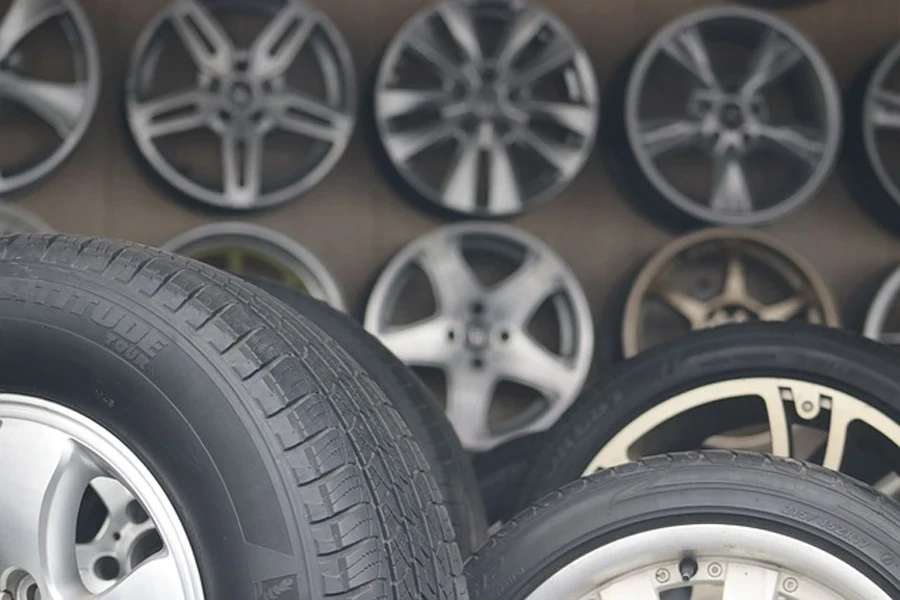
Selecting rims for resale requires careful consideration to ensure you provide the best to your customers. Some things to keep in mind include:
- Material: the material of the rim influences its durability, maintenance, appearance and overall cost. Invest in rims of various materials such as steel, alloy, and chrome to meet varying consumer preferences. For instance, alloy and chrome rims are best for consumers looking for stylish rims, while steel rims are for those inclined more to functionality.
- Size and fitness: Include a variety of rim sizes to cater to different customer requirements. Some people prefer larger rims, while others want them smaller. Go for universal sizes, especially those used in common cars. Fitness is also important because it affects the function of the entire wheel. So, ensure the rims are compatible with tires for an airtight seal.
- Budget: consider your budget carefully so you don’t hurt your business. Go for rims within your budget to ensure you sell at considerable prices so you don’t drive away your customers.
- Maintenance: rim maintenance means additional costs for your customers. Most consumers prefer low-maintenance rims to reduce additional costs. For those who prefer high-maintenance rims like chrome, ensure they understand how to care for their rims for safety and durability.
Conclusion
Rims are an important component of a wheel since they affect the vehicle’s functionality and safety. As you venture into the rim resale business, it’s important to understand the different types of rims, their sizing and fitment, and safety considerations.
Also, when selecting rims, consider maintenance, materials, size and fitness to ensure you have a variety for your consumers. Remember to work within your budget to keep your business afloat, especially if you’re just starting.
You can outsource a variety of low-budget rims from Alibaba.com
